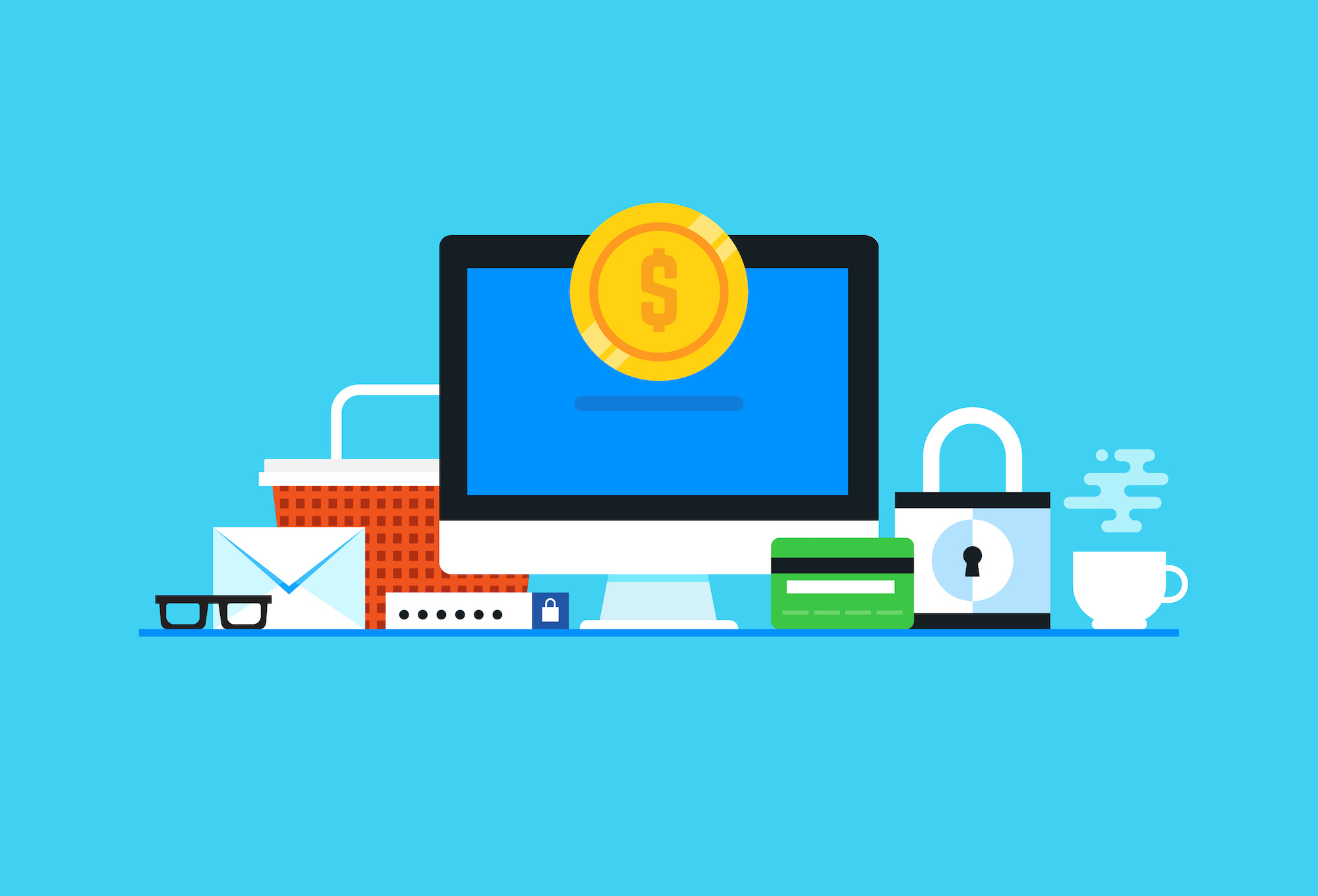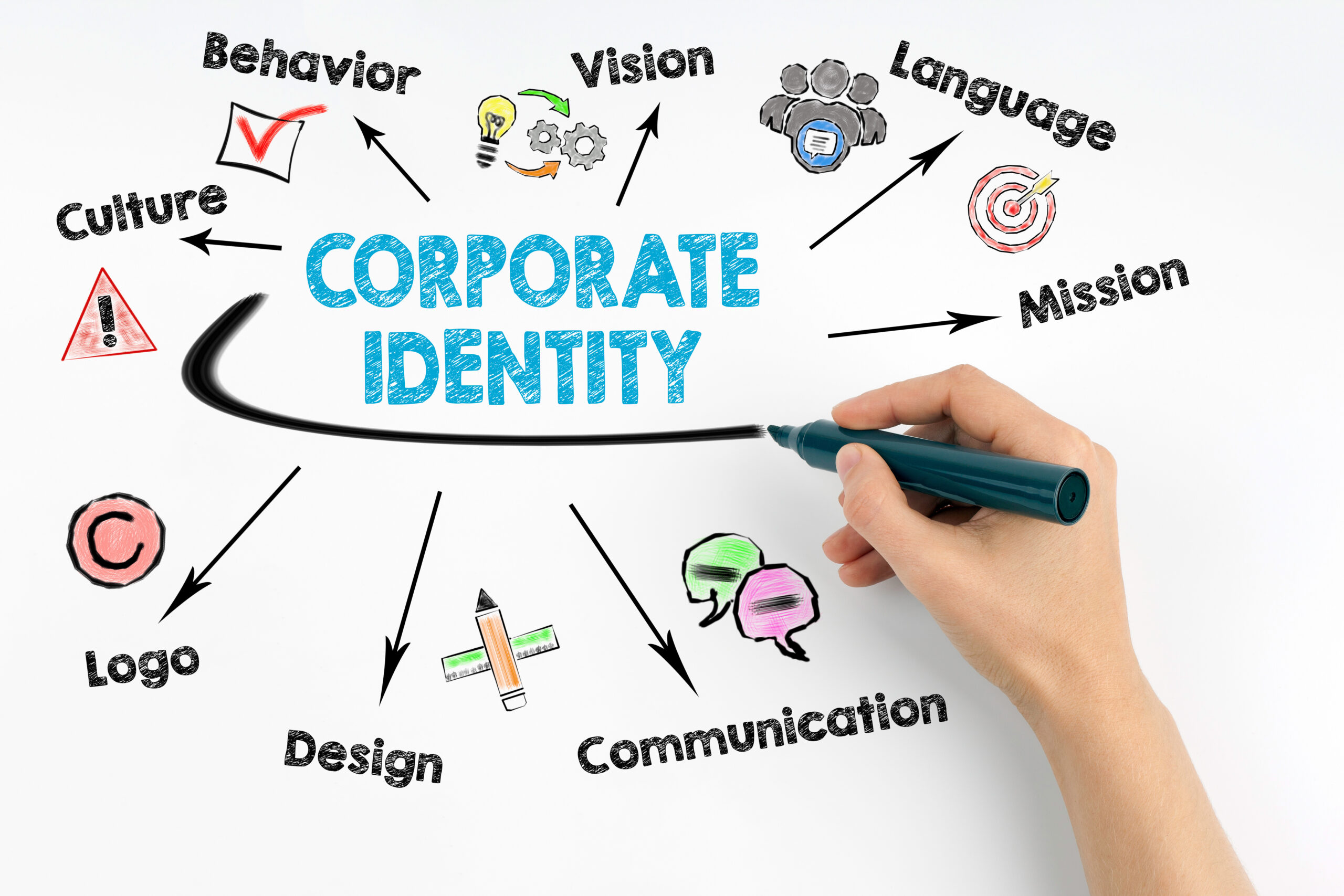The modernization of the barter system will not be free from metaphors. Speaking of symbolic references, one can easily regard payment gateways as a modern-day cash register, only digital.
We can also see it etymologically – a gateway with added security points rather than a pen-and-paper trade that cannot be free of manipulations.
Why Should You Create Payment Gateways?
Payment gateway services may be thought of as the automated version of credit card processors used in online retailers. Payment gateways are also essential in online retail environments.
There are various channels of this nature accessible. When choosing a payment gateway, consider whether it guarantees reliable and transparent transfers, adheres to quality principles and policies, and encrypts confidential data to combat payment processing fraud.
You’ll need to use a payment gateway to accept transfers between you and your customers for e-commerce or conventional transactions alike. As a result, if you have an eCommerce platform, which implies you’re processing purchases electronically, you should have a payment gateway. This is the most efficient way to accept e-commerce transactions over the Internet.
How do Businesses Advantage From Using Payment Gateways
Affordability
When you connect with a payment portal, your clients will be able to make payments at any moment, whether you are in the shop. Allowing your clients to buy at their leisure saves both them and your time.
Quicker Payments
You realize how difficult it is to get compensated as a company owner. Instead of dealing with the inconvenience of deciding to pay on a specific date and then skipping, people will often pay right away and be done with it. Payment gateways allow them to do so, creating a win-win environment for you and your clients.
Enhanced Security
Money is the most prominent security to an individual, and securing it is the next crucial concern. Customers’ main worry when it comes to e-commerce transactions is protection. In 2018, the United States suffered a deficit of 27.85 billion dollars due to credit card theft.
How Payment Gateways Potentially Decrease the probability of credit card fraud:
Payment gateways receive the customer’s card details safely. This ensures that only the consumer and the bank that issued the card would have access to the records.
Any payment gateway must adhere to PCI DSS requirements, which means they must adhere to specific security guidelines to guarantee that the customers’ credit card information is handled safely.
3-D Secure is an alternative authentication protocol offered by card services. This necessitates the development of a password for each card used to make e-commerce transactions.
Creating Payment Gateways
Having received the answer to ‘Why,’ let’s know ‘How’:

Step 1: Organize Required Infrastructure
You may either use a third-party server to host your portal or set up your server. The latter choice grants you complete control. However, you must manage the data center and submit to an annual PCI audit.
If you wish to host outside, AWS is a good option. They have a well-developed machinery base and can have solutions for a variety of industries.
Step 2: Connect to a payment server.
A payment processor is a business or financial entity that handles online payments. It may be a bank or a payment device like Visa, Mastercard, or American Express. To work with a processor, you must first obtain their API documents and follow the instructions.
You’ll even need to build an external API for clients. They’ll use it to submit one-time or periodic payments to be processed and get bill status updates.
Step 3: Establish a CRM system.
A customer relationship management system (CRM) is a valuable method for storing client information, handling sales, and monitoring managers. It will allow you to make more informed forecasts and avoid common blunders.
CRM stands for customer relationship management. It would be very beneficial to you as a payment processor to handle current and established customers.
Step 4: Implement Tokenization
Tokenization means the payment card data is held on the gateway side rather than on the e-commerce shop’s computer. Tokenization is designed to eliminate the need for retailers to store confidential data during recurring charges.
The buyer’s credit card number is substituted with a token, which the online store then uses.
If you’re going to operate the gateway on your server, you’ll need to set up tokenization. Preparing the hardware that will encrypt card data and the applications that comply with PA-DSS laws are all part of the operation. If you want to host anywhere, the cloud vendor is responsible for these issues.
Step 5: Obtain a 3DS certificate from EMVCo
Europay, MasterCard, and VISA are also acronyms for Europay, MasterCard, and Visa. It is an international norm for chip-enabled bank card purchases. To obtain a credential, you must complete the following steps:
· To obtain an EMVCo Product Provider Registration Number, contact EMVCo.
· To gain entry to the lab’s 3DS research platform, you must first register and sign a quote.
· Wait for the test reports to be officially approved.
· EMVCo will give you a letter of confirmation.
· Have contact with the testing center and talk through the certification process with them.
· Obtain the certificate as well as the license.
Step 6: Fill out a PCI Application
If you want to work with e-commerce transactions, this is a must-do measure. The PCI DSS (Payment Card Industry Data Security Standard) specification attempts to mitigate theft by establishing twelve mandatory credit card software rules.
Furthermore, it categorizes businesses into four levels based on sales value. You can request a PCI audit to get clearance. It is important to note that this is an expensive event that you can replicate at least once a year.
Payment Gateways: Time Taken To Create Them
Building a payment gateway from scratch will take years. Licensing a white label product, which can be up and running in only a couple of months, is a quicker option. One can tailor many white-label brands to the company’s specific requirements.
Processors or acquirers can take months or years to decide to integrate with your payment gateway, rendering it feasible for commercial usage.
It would take up to six months to construct an MVP payment gateway from the ground up. Depending on the particulars of your submission, this calculation will change.
Final Words
Incorporating a payment gateway to your website would improve your commercial capability. Many financial processes, such as settlements, account balances, and redemption features, would increase the utility of your personalized solution.




